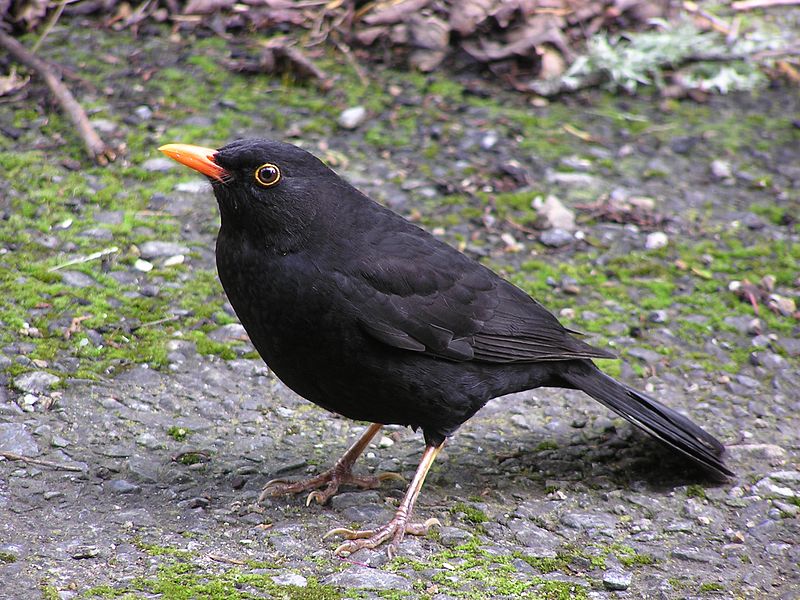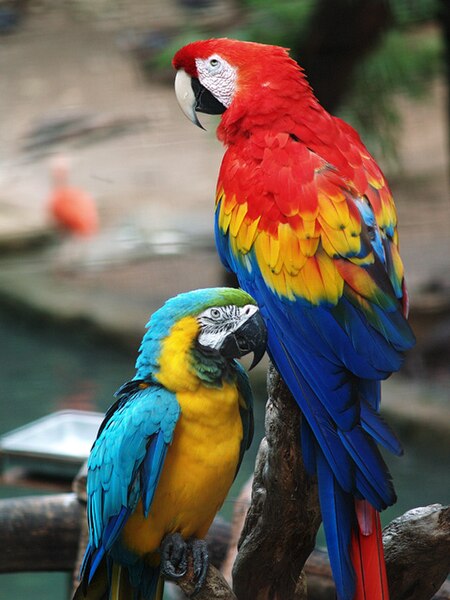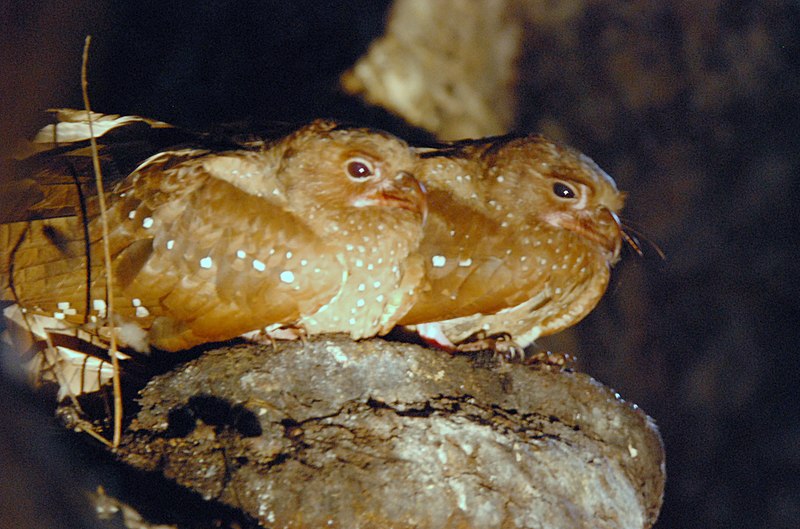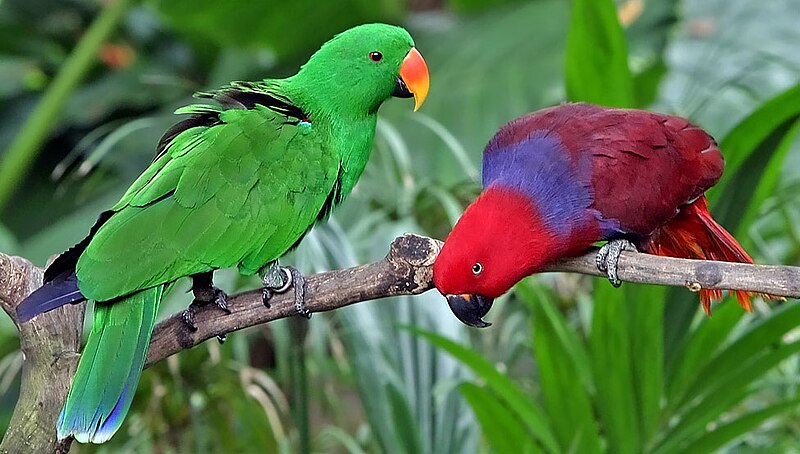 The act of holding up or pointing to an object, in order to draw another’s attention, has been observed only among ourselves and Great Apes. Known as deictic gesturing, this behavior is considered critical to the development of language, and a sign of great intelligence (you parents will likely recall the first time your toddler did something similar!). Along with parrots, crows, and magpies, Common Ravens, Corvus corax, have proven themselves among the brightest of the world’s birds. Recently, they have been observed to utilize deictic gestures, and are the only birds known to do so.
The act of holding up or pointing to an object, in order to draw another’s attention, has been observed only among ourselves and Great Apes. Known as deictic gesturing, this behavior is considered critical to the development of language, and a sign of great intelligence (you parents will likely recall the first time your toddler did something similar!). Along with parrots, crows, and magpies, Common Ravens, Corvus corax, have proven themselves among the brightest of the world’s birds. Recently, they have been observed to utilize deictic gestures, and are the only birds known to do so.
“Hey…look at this if you care about me”!
Researchers at the Max Planck Institute for Ornithology and the University of Vienna have reported that Ravens pick up objects such as stones, branches and moss and show them to other Ravens. In most cases, the bird being solicited is the other’s mate. Once his or her attention is drawn, the pair usually jointly manipulates the object for a time. Read More »
 That Bird Blog – Bird Care and History for Pet Birds
That Bird Blog – Bird Care and History for Pet Birds




